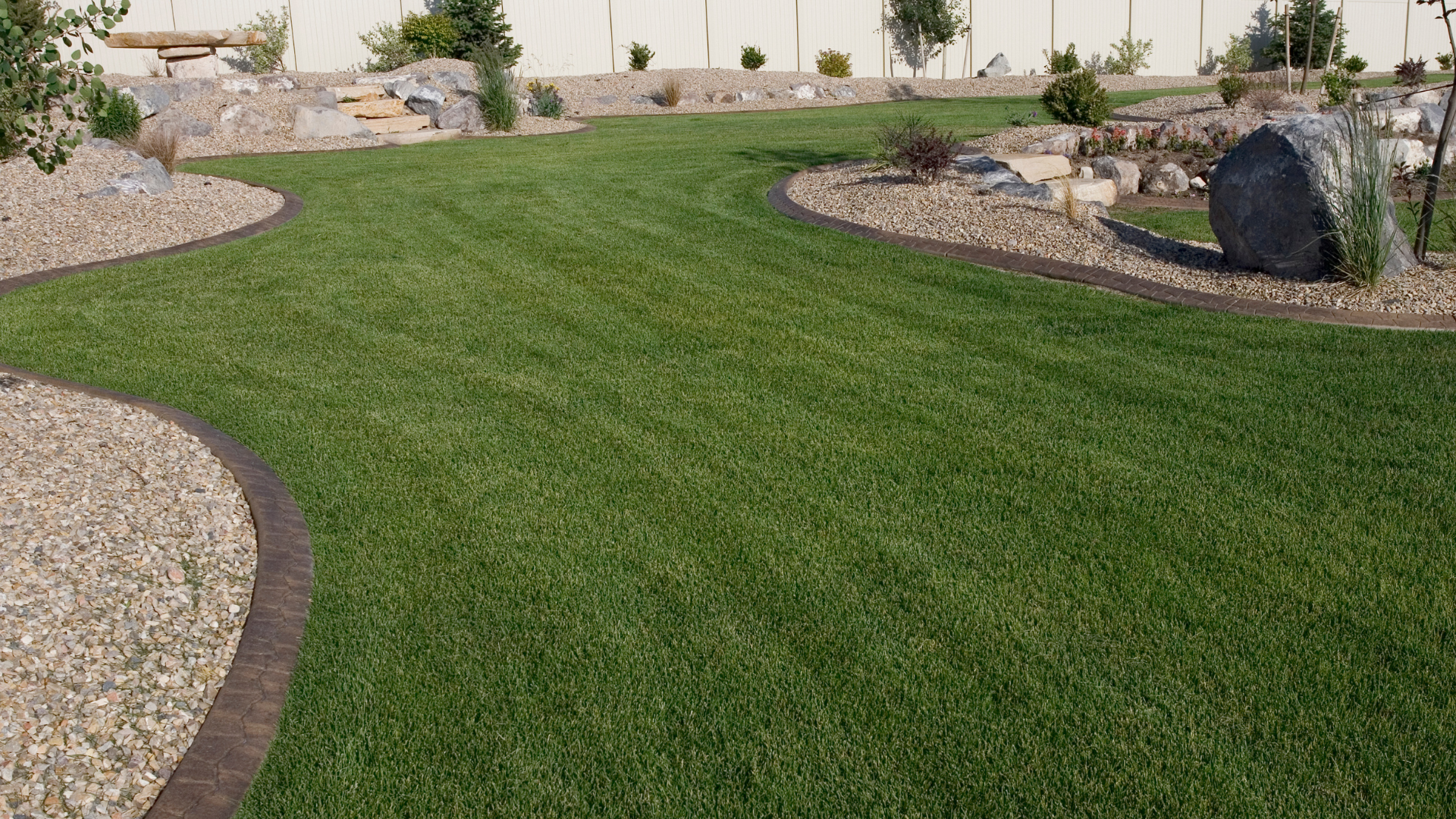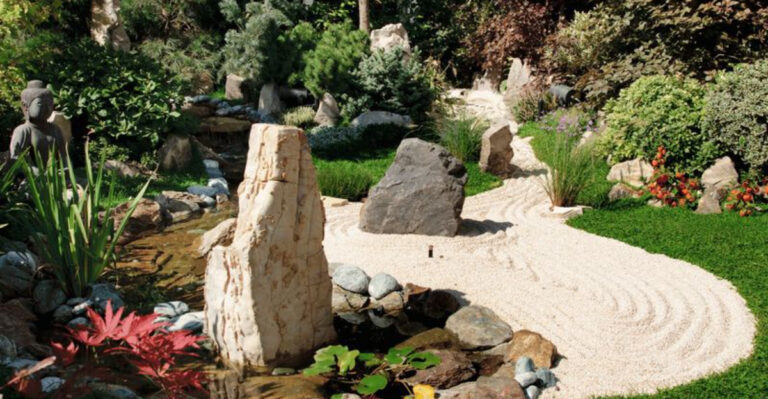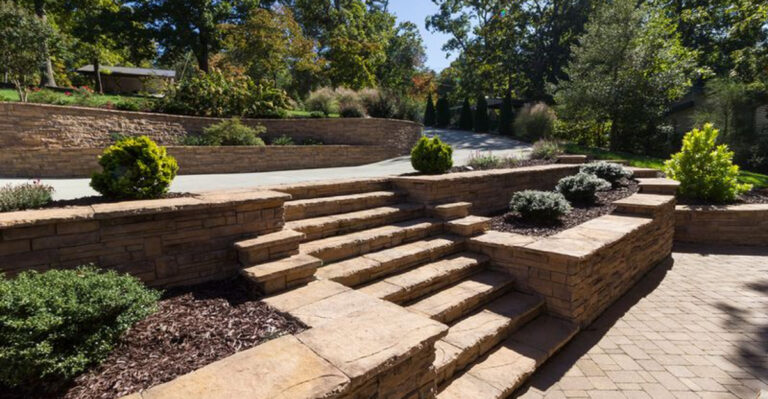30 Outdated Landscaping Trends To Ditch This Spring
Spring’s here, and it’s the perfect time to shake off those outdated garden trends (goodbye, overgrown topiaries).
I used to be obsessed with perfectly manicured lawns until I realized they’re, well, not the most eco-friendly choice. So, this year, I’m embracing fresh ideas that not only make my garden look amazing but are also sustainable.
Trust me, ditching the water-hungry plants and opting for native species has made a world of difference.
If you’re ready to revamp your garden too, here are trends to reconsider, because who says you can’t have a beautiful space and be kind to the planet?
1. Overuse of mulch
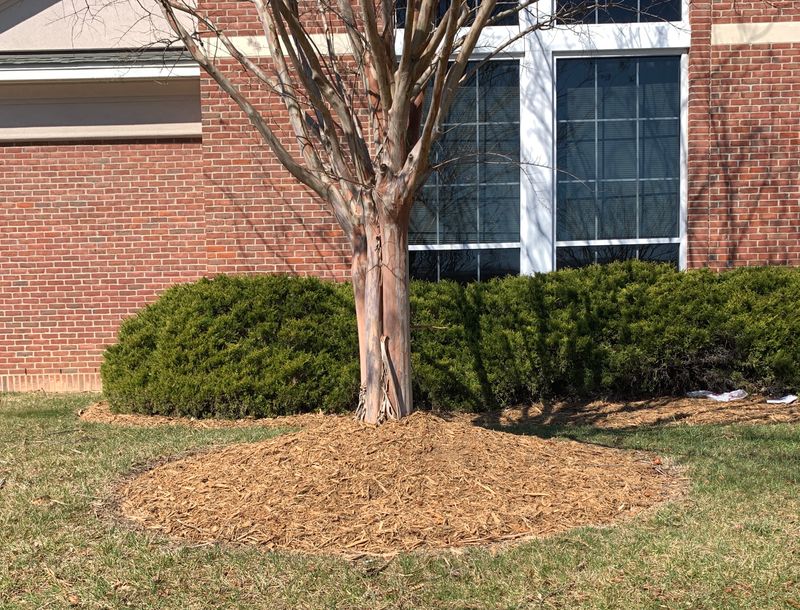
When mulch becomes more of a feature than a ground cover, it might be time to rethink your approach.
Mulch can be beneficial, but too much can suffocate plants and prevent water from reaching the soil. Instead, balance mulch use with groundcover plants that add color and texture.
Mixing materials can also enhance visual appeal while maintaining plant health. Consider natural alternatives like fallen leaves or wood chips which decompose over time, enriching the soil.
2. Monoculture lawns
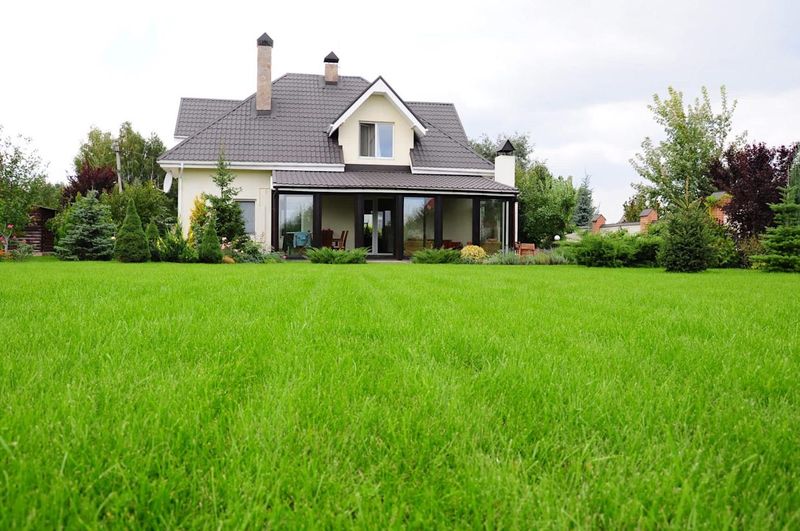
A uniform lawn might seem ideal, but relying on a single type of grass can lead to problems. Monoculture lawns are susceptible to pests and diseases, requiring more chemicals to maintain.
Diversifying your lawn with different types of grass and ground covers can improve resilience and reduce maintenance.
Embrace a variety of textures and colors for a healthier, more interesting lawn. This diversity supports local biodiversity and reduces the need for chemical interventions.
3. Excessive topiary
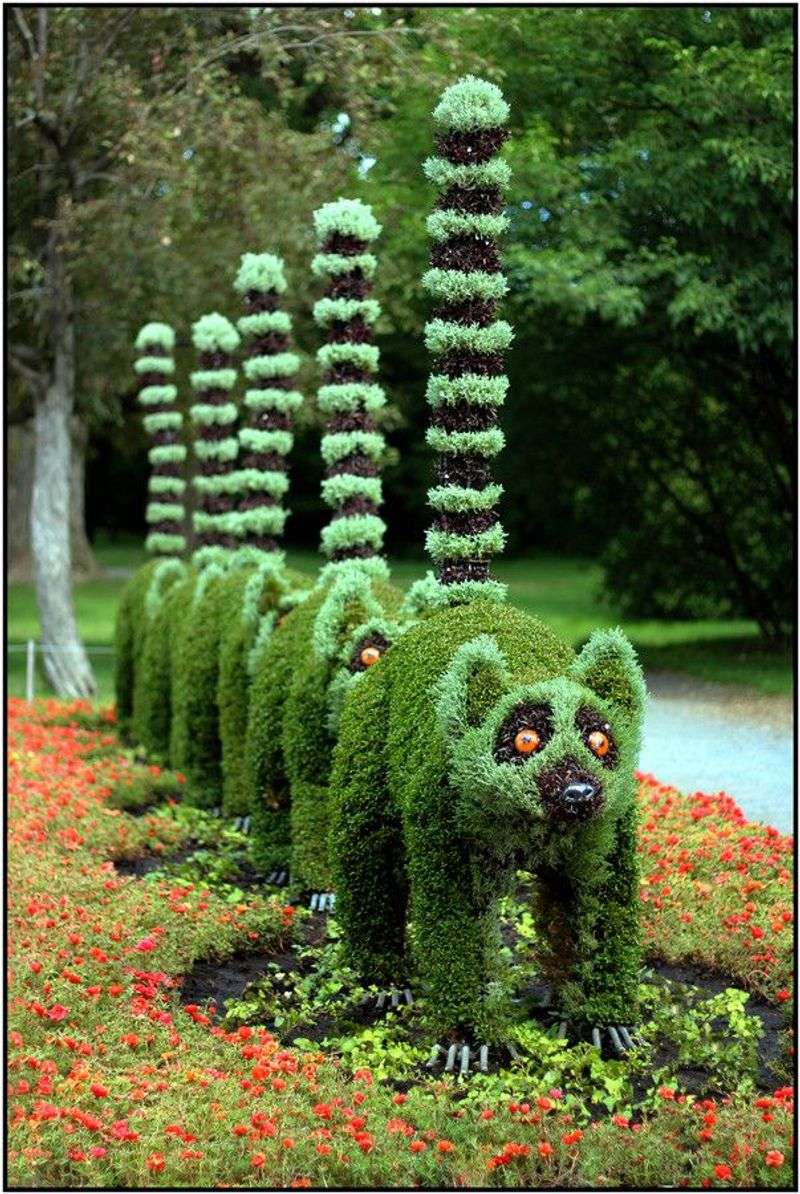
Shaping plants into elaborate forms may showcase skill, yet it can overshadow the natural beauty of the garden. Topiary requires constant upkeep and can stifle plant growth.
Allowing plants to grow in their natural form often enhances the garden’s aesthetics and supports local wildlife.
If you crave structure, opt for more subtle pruning methods to maintain plant health and landscape harmony. This approach reduces maintenance efforts and encourages a more relaxed garden vibe.
4. Plastic plants
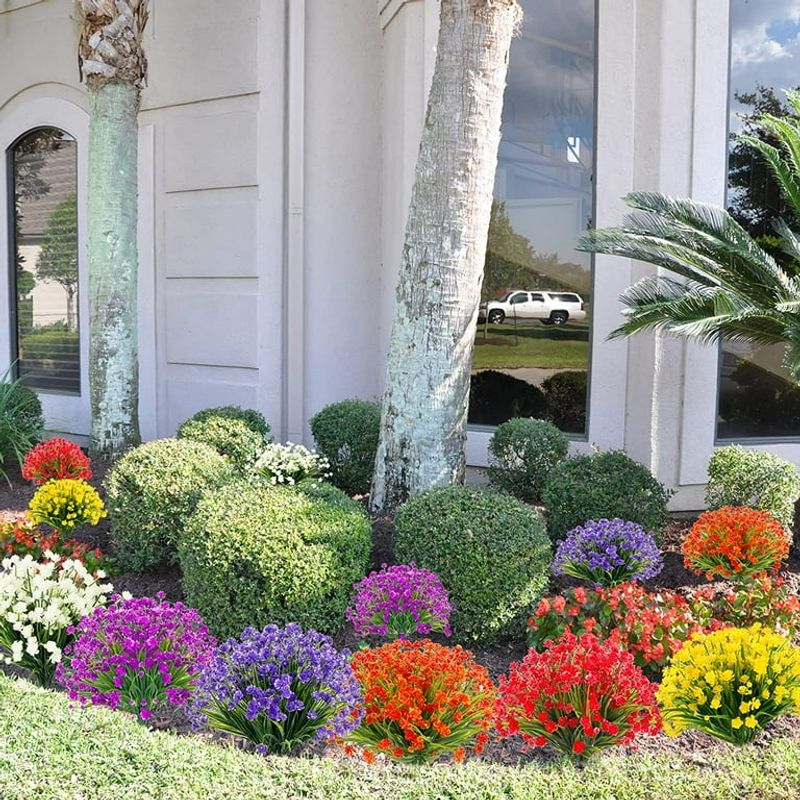
Artificial plants offer zero maintenance, but they lack the ecological benefits of real ones. They don’t contribute to the ecosystem or improve air quality.
Instead, opt for low-maintenance, drought-tolerant plants that provide the beauty of nature without the upkeep.
Even in challenging climates, there are real plants that can thrive with minimal care. This switch not only enhances the garden’s authenticity but also supports the local environment.
5. Overly manicured hedges
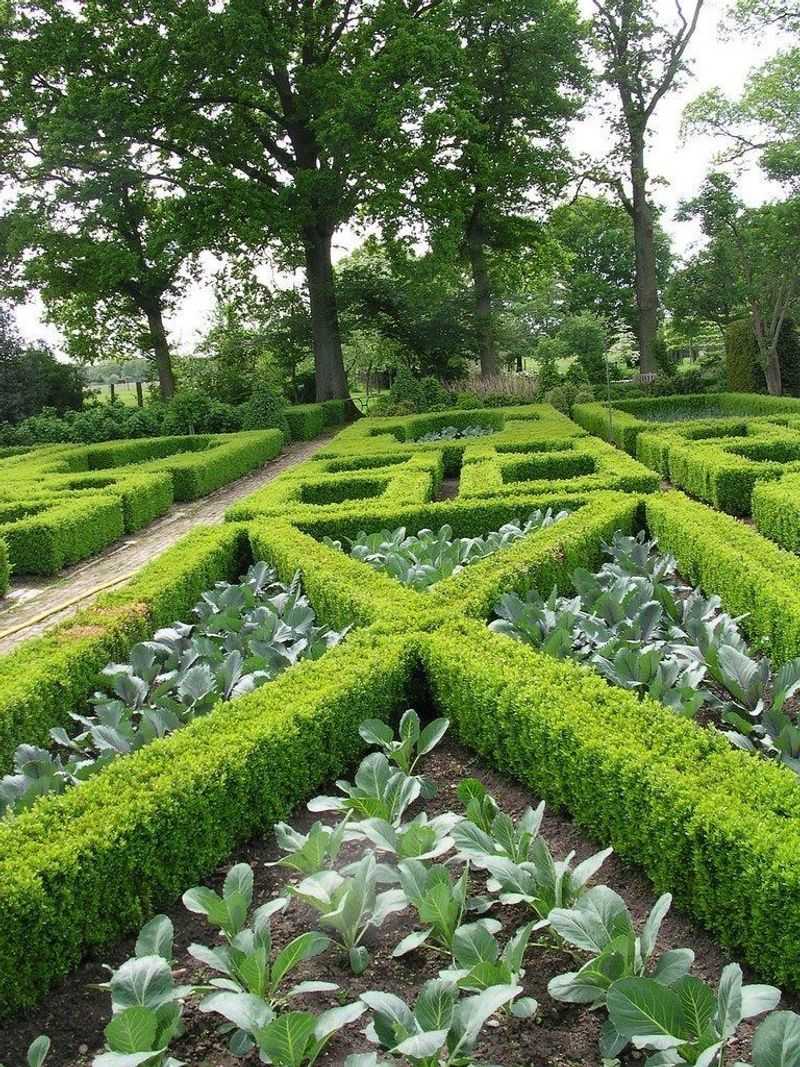
Precision may impress, but overly manicured hedges can feel stark and uninviting. Allowing hedges to take on a more natural shape can soften garden lines and create a more welcoming atmosphere.
This approach not only reduces maintenance but also fosters a more diverse habitat for local wildlife.
Looser shapes allow for flower growth which adds seasonal color and interest. A little wildness can turn your garden into a thriving ecosystem that’s full of life and charm.
6. Lattice fences everywhere
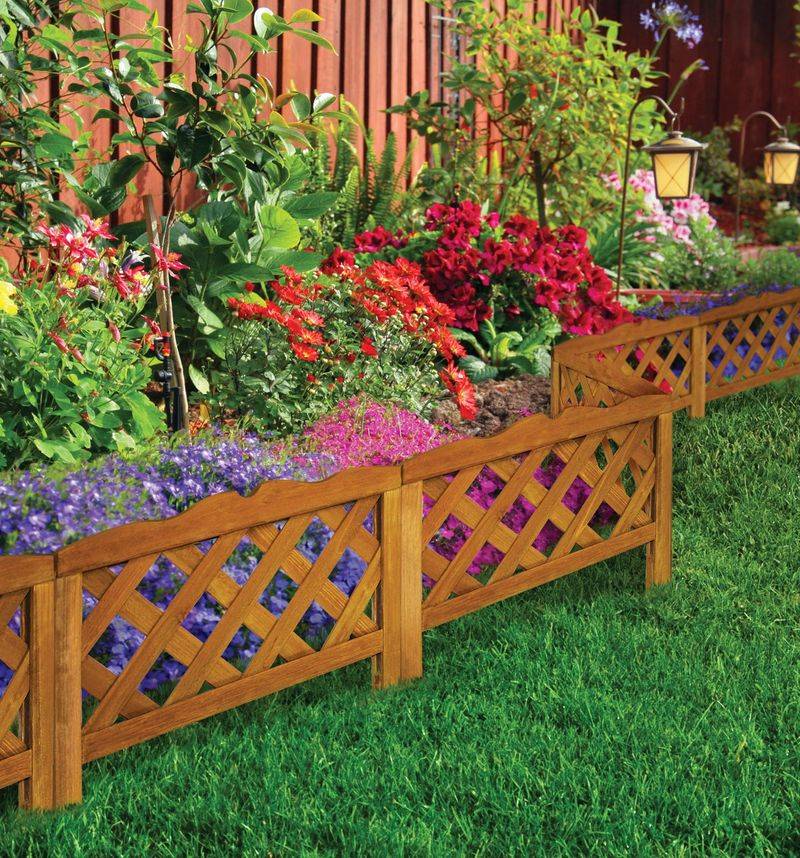
While lattice fences provide support for climbing plants which is great for privacy, overuse can create a confined atmosphere.
Replacing some lattice with living barriers or mixed-material fences can open up the space. Consider alternating sections with hedges or taller plants to create a more dynamic and inviting environment.
This can add texture and depth which makes the outdoor area feel more expansive and integrated with nature, reducing the need for artificial boundaries.
7. Brown lawns
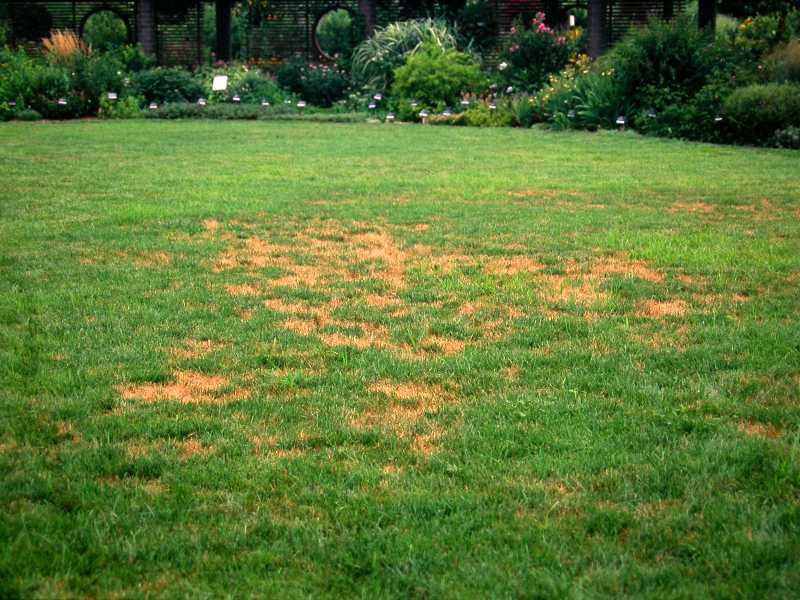
Brown may be a trendy hue in interior design, but in the garden, it signals trouble. A brown lawn often indicates poor health and insufficient care.
Reviving it requires assessing watering practices and soil health. Consider reseeding with drought-resistant grasses which can withstand dry spells better.
Incorporate natural fertilizers to restore nutrients and enhance growth. A fancy lawn improves the garden’s appeal and provides a soft, inviting space for outdoor activities.
8. Non-native plant overplanting
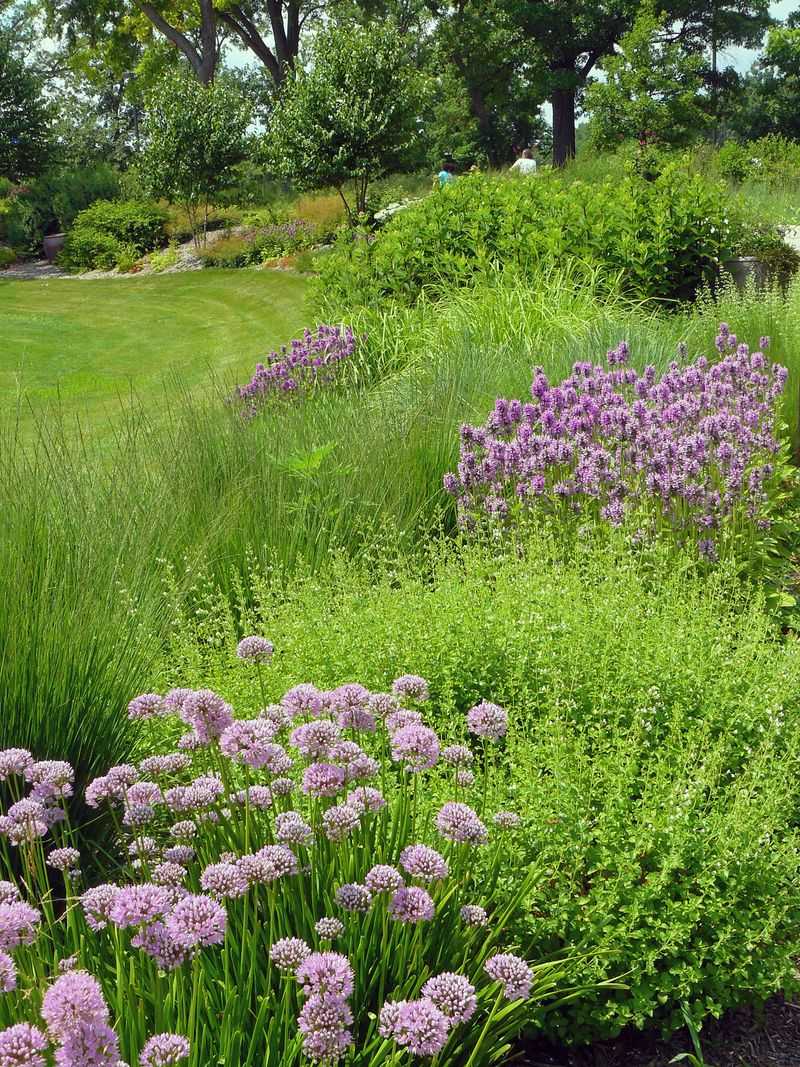
Exotic plants may be alluring, but overplanting them can disrupt local ecosystems. Non-native species often require more resources and can outcompete local flora.
Instead, focus on native plants that have adapted to local conditions. They support wildlife and reduce the need for irrigation and pest control.
Embracing native species helps maintain ecological balance and enhances the garden’s connection to its natural surroundings, making it a haven for local biodiversity.
9. Unnatural water features
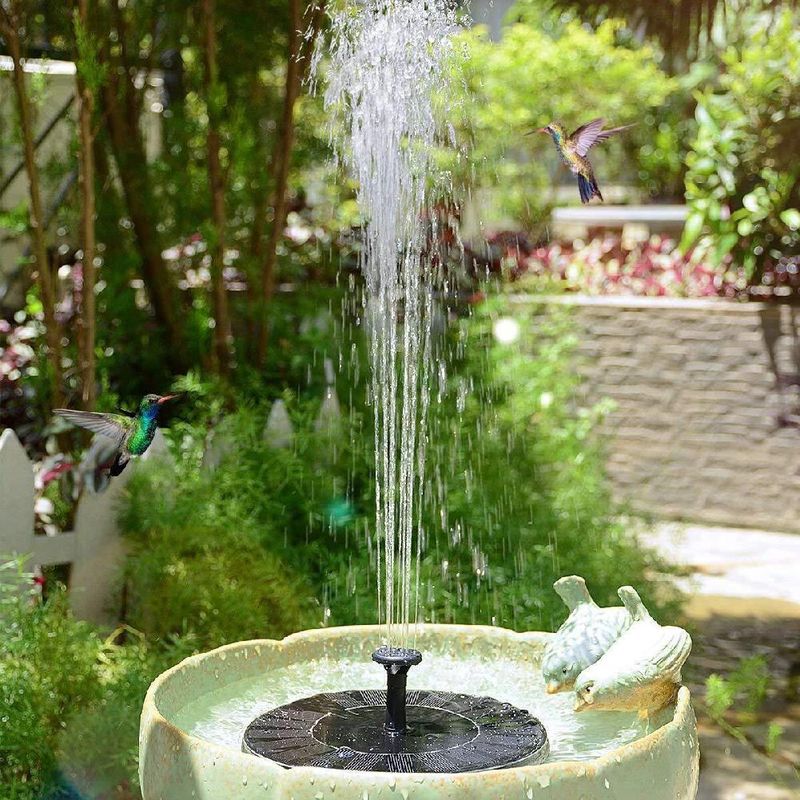
Water features can elevate a garden’s ambiance, yet overly artificial designs can feel jarring. Opt for naturalistic water features that blend seamlessly with the environment.
Incorporate rocks and native plants around ponds or streams to create a cohesive look. Natural features support local wildlife and provide soothing sounds which enhance relaxation.
By choosing designs that mimic nature, you create a tranquil atmosphere that complements the garden rather than overshadowing it.
10. Lawn-only yards
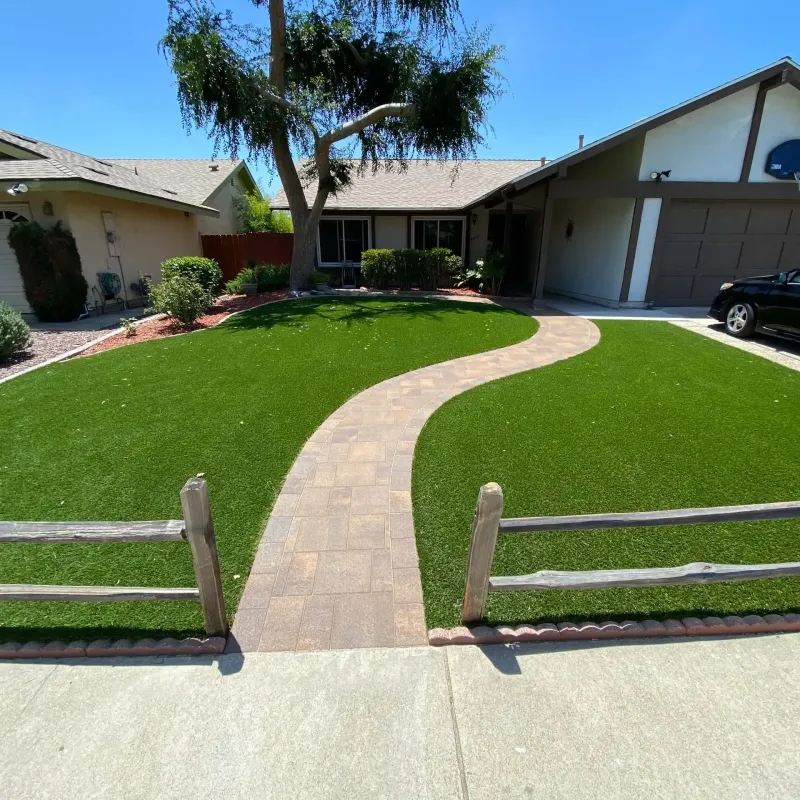
Grass is lovely, but a yard composed solely of it lacks diversity and interest. Introducing flower beds, shrubs, and trees can transform a plain lawn into a retreat.
Varied plantings create layers and textures which enrich the landscape. They offer habitats for wildlife and can even improve energy efficiency by providing shade.
A multi-faceted yard reduces maintenance and adds year-round interest with seasonal blooms and changing foliage, making the space lively and inviting.
11. Overly large flower beds
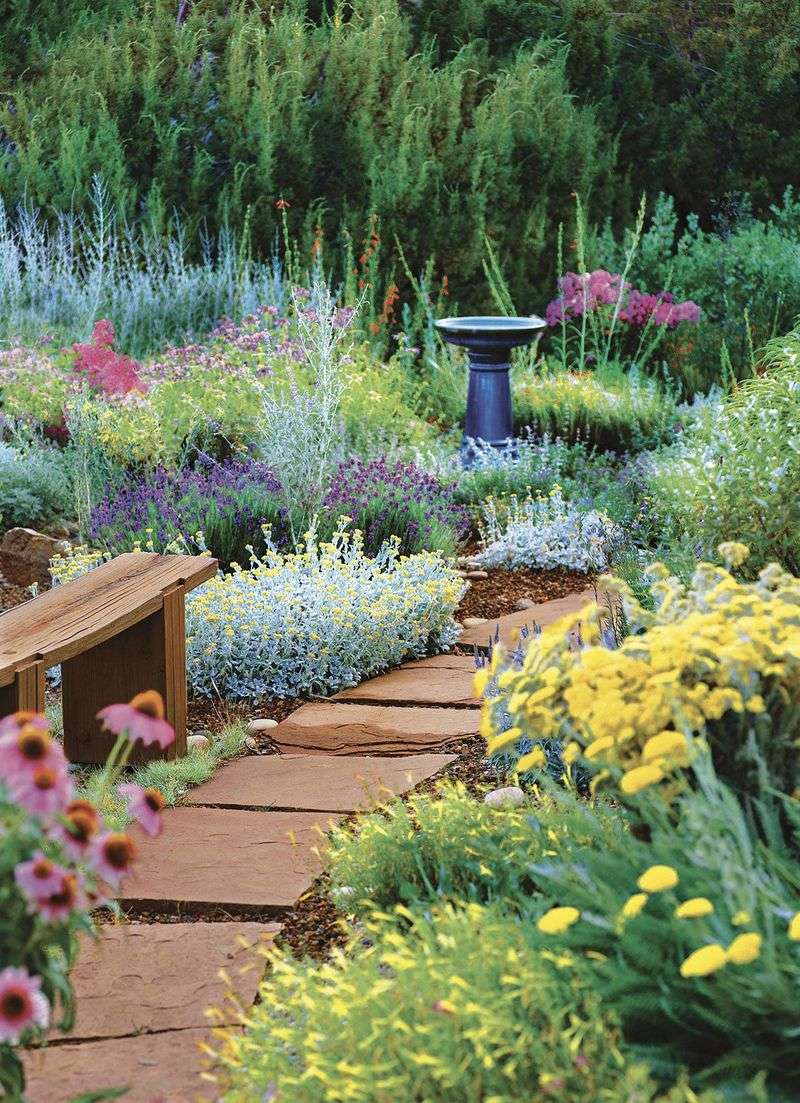
Sometimes, bigger isn’t better. Expansive flower beds can overwhelm a garden and require significant upkeep.
Smaller, strategically placed beds can highlight key areas without overshadowing other features. This approach allows for easier management and reduces resource consumption.
It also encourages more creative planting combinations that bring color and life to the garden without monopolizing space.
12. Formal gardens
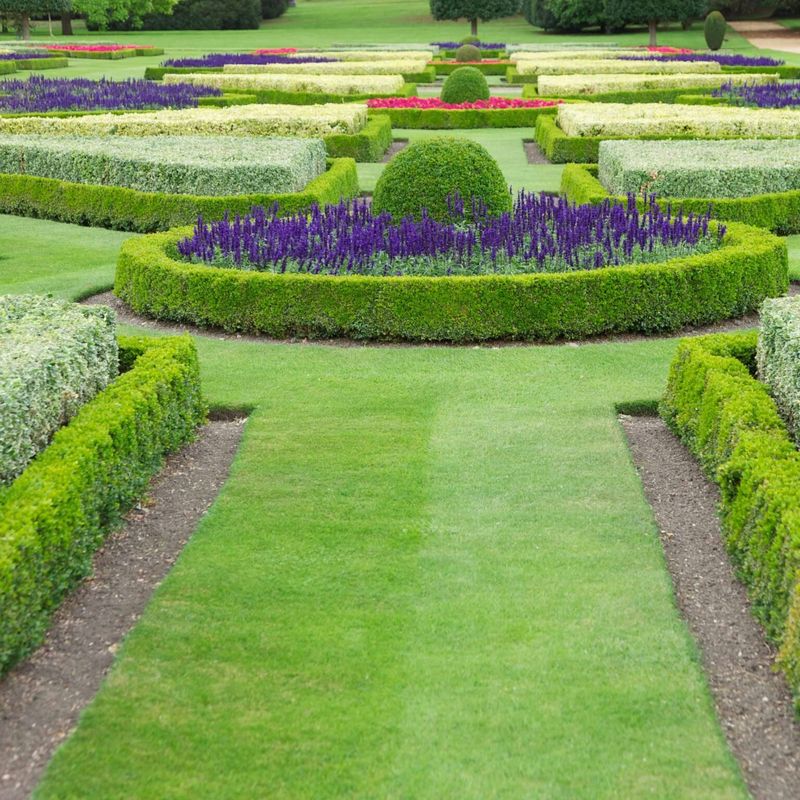
Rigidity can sometimes stifle creativity. Formal gardens with their precise lines and symmetry can feel static and uninviting.
Embracing more organic shapes and informal layouts can breathe life into a garden. This approach encourages exploration and offers surprises at every turn.
Natural curves and mixed plantings create a sense of movement and vitality. By loosening the garden’s structure, you invite spontaneity and charm.
13. Invasive species
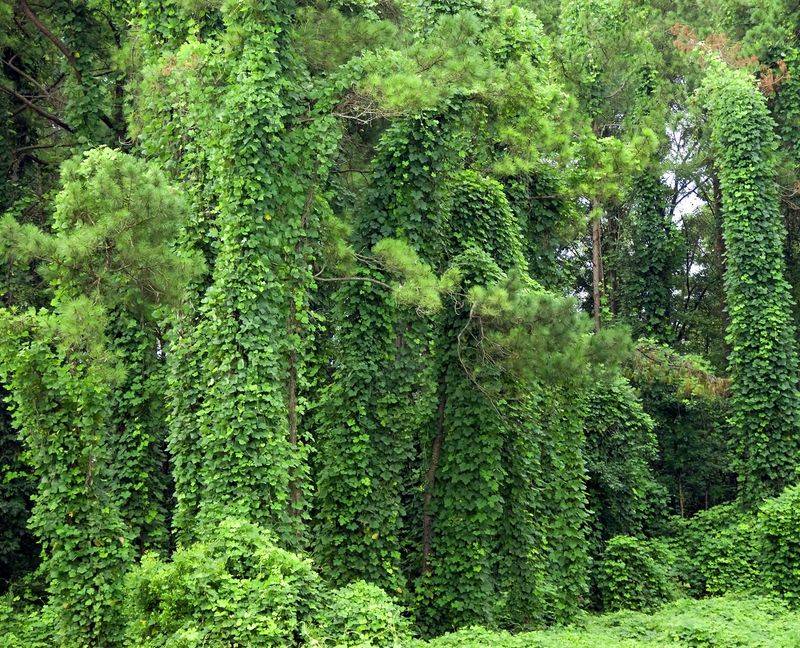
Sometimes, it seems like the plants are taking over. Invasive species can quickly dominate a garden, pushing out native plants and disrupting local ecosystems.
Controlling these aggressive plants is crucial for maintaining garden balance. Replacing them with native or non-invasive alternatives can restore harmony and support biodiversity.
Being vigilant about plant choices and monitoring for unwelcome spread helps keep your garden thriving and in tune with its natural surroundings.
14. Over-decorated garden statues

While garden statues can add character, too many can overwhelm the senses. Over-decorating with statues can detract from the natural beauty of the plants and landscape.
Opting for fewer, carefully chosen pieces can enhance rather than dominate the garden. Consider minimalistic designs that complement the garden’s style and mood.
This approach keeps the focus on the living elements and allows the statues to serve as subtle accents that enhance the overall garden experience.
15. Overly bright, unnatural flower colors

It’s one thing to stand out, but neon-bright flowers can clash with the natural surroundings. Opting for more subdued, harmonious colors can create a cohesive and calming garden experience.
Planting flowers with colors that blend seamlessly with the environment enhances the overall aesthetic and supports a relaxing atmosphere.
Consider the color palette of the entire garden when selecting plants. This ensures a unified look that highlights the garden’s beauty without overwhelming it with artificial hues.
16. Heavy use of gravel
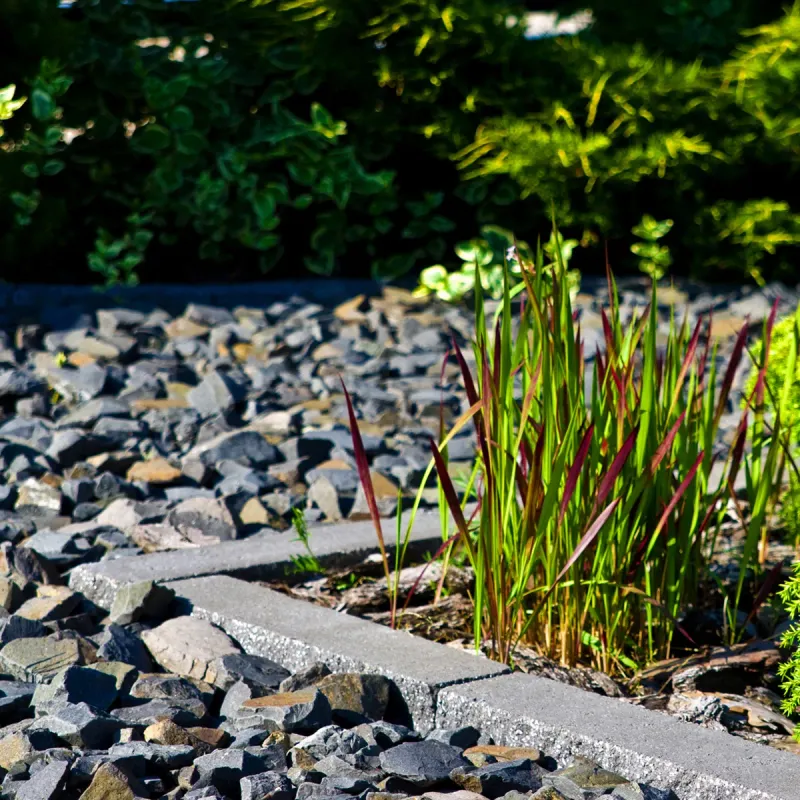
Extensive gravel areas can give gardens a barren appearance, overshadowing the greenery. Balancing gravel with plantings softens the look and adds warmth and texture.
Consider using gravel in moderation and letting greenery take center stage. Introducing ground-cover plants or paving stones can break up large gravel areas and integrate them more naturally into the landscape.
This approach creates a more inviting and lively garden environment.
17. Overuse of synthetic turf
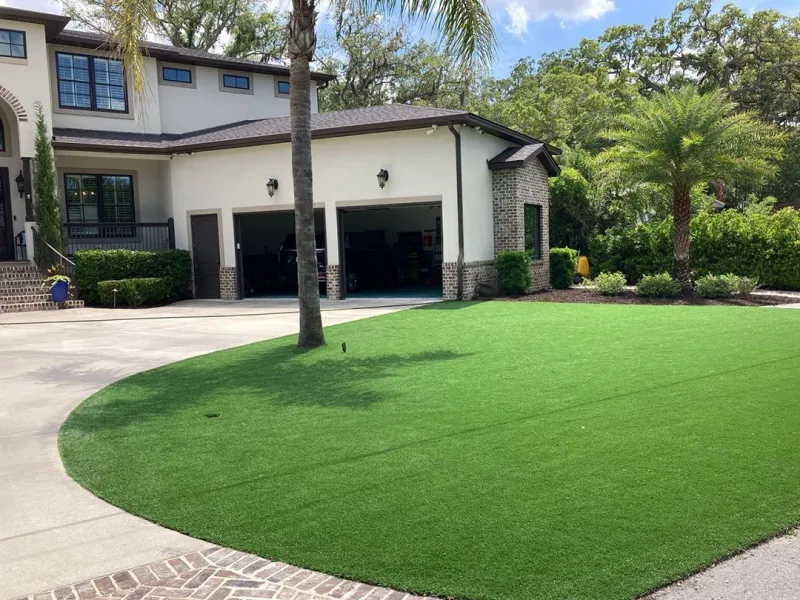
Artificial turf might save on mowing, but it misses nature’s call. Over-relying on synthetic turf can create a sterile and lifeless garden.
Choosing real grass or low-maintenance ground covers brings the benefits of nature back into your outdoor space. They improve air quality, provide habitats for insects, and offer a cooling effect.
By reducing synthetic elements, you create a garden that’s not only beautiful but also environmentally friendly and full of life.
18. Lawns with no diversity
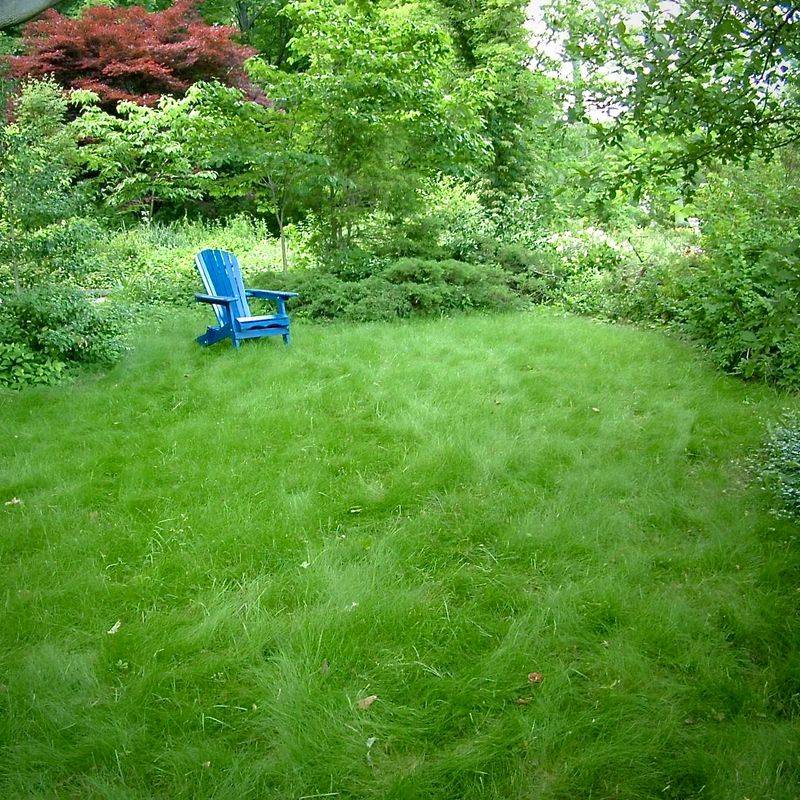
Introducing a mix of grass species and groundcovers can add depth and resilience. Varied plantings help prevent pest and disease spread and reduce maintenance needs.
Adding flower beds or shrub borders introduces color and texture. This diversity not only enhances the lawn’s beauty but also supports a robust ecosystem.
Embracing variety turns a bland lawn into a dynamic and engaging garden feature.
19. Lack of sustainable landscaping
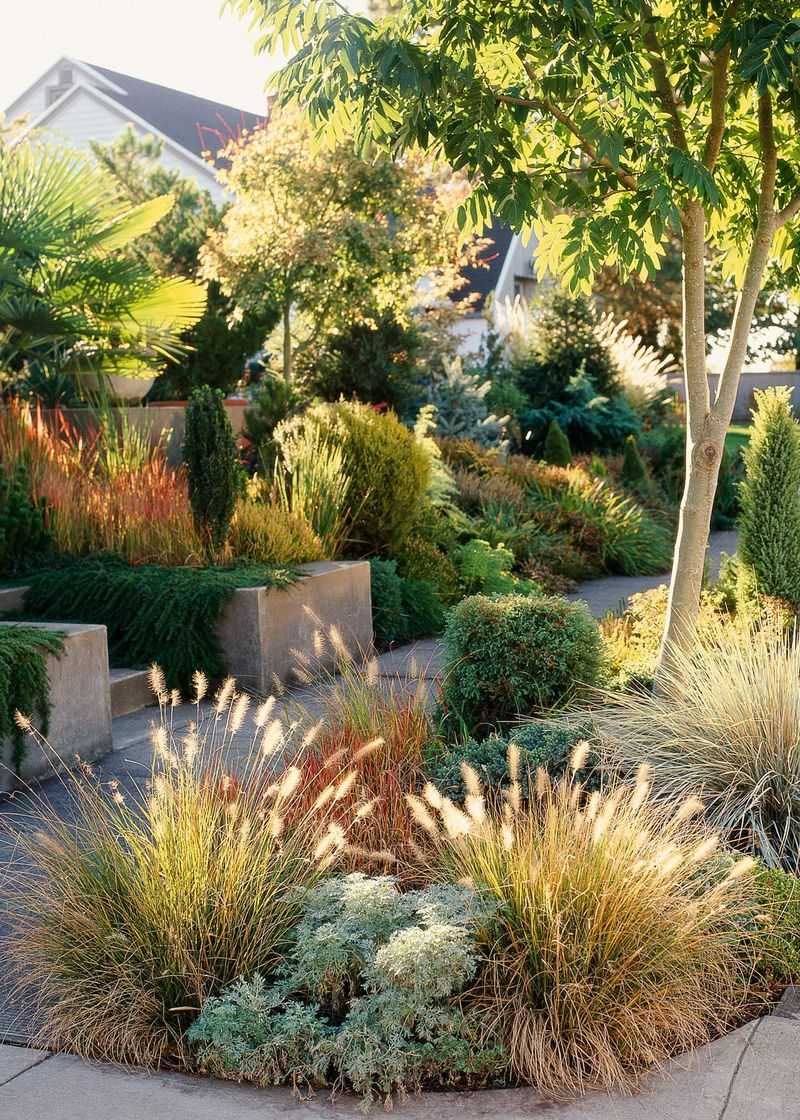
A lack of sustainable practices can strain resources and harm the environment. Incorporating native plants, using organic fertilizers, and implementing efficient irrigation systems reduces the ecological footprint.
Sustainable landscaping enhances the garden’s health and resilience. By adopting eco-friendly methods, you ensure your garden thrives while supporting the planet.
This approach transforms the garden into a model of environmental stewardship that benefits both nature and your outdoor experience.
20. Excessive stone walkways
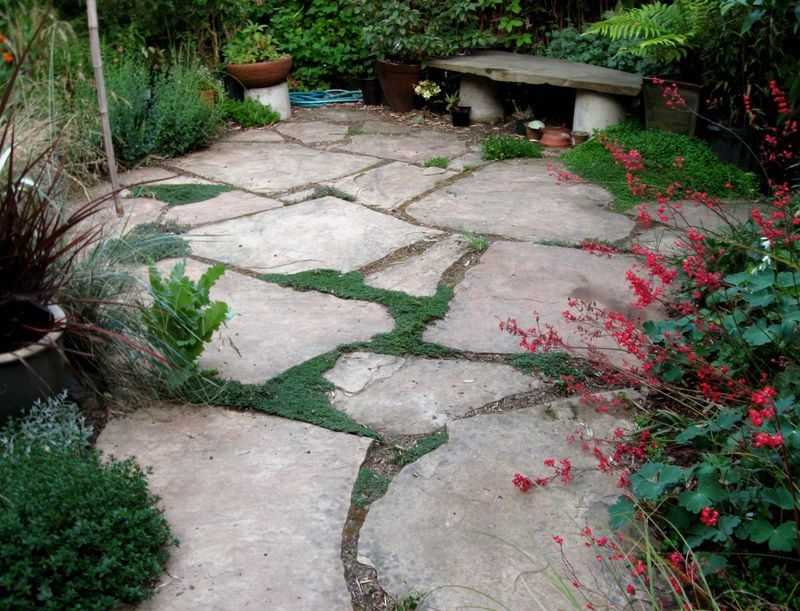
Expansive stone paths reduce planting areas and can make the garden feel cold. Opt for fewer paths and integrate them with planting beds to soften the look.
Using natural materials like wood or stepping stones with greenery can create a more balanced and welcoming environment.
This approach maintains functionality and enhances the garden’s connection with nature, offering a harmonious blend of hardscape and softscape.
21. Blocky shrub designs
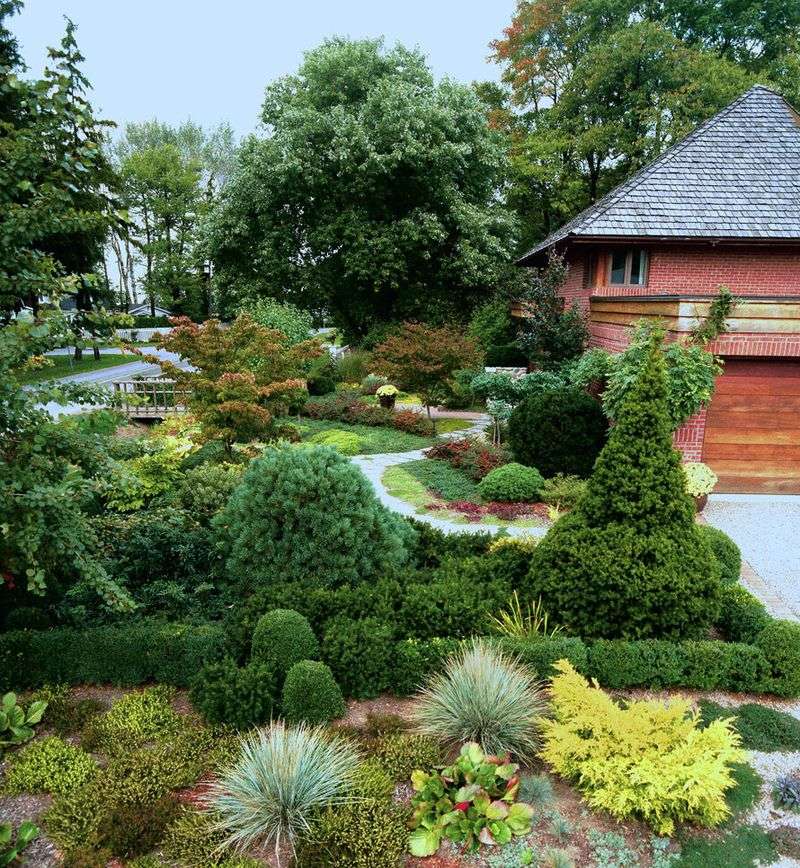
Straight lines might be great for architecture, but in a garden, they can feel rigid. Blocky shrub designs remove the natural grace and fluidity that plants offer.
Allowing shrubs to grow in more organic shapes enhances the garden’s beauty and supports wildlife. This approach reduces maintenance and encourages healthier growth.
By embracing natural forms, you create a garden that’s dynamic and alive, where plants can express their true character and complement the landscape.
22. Overuse of ornamental grass
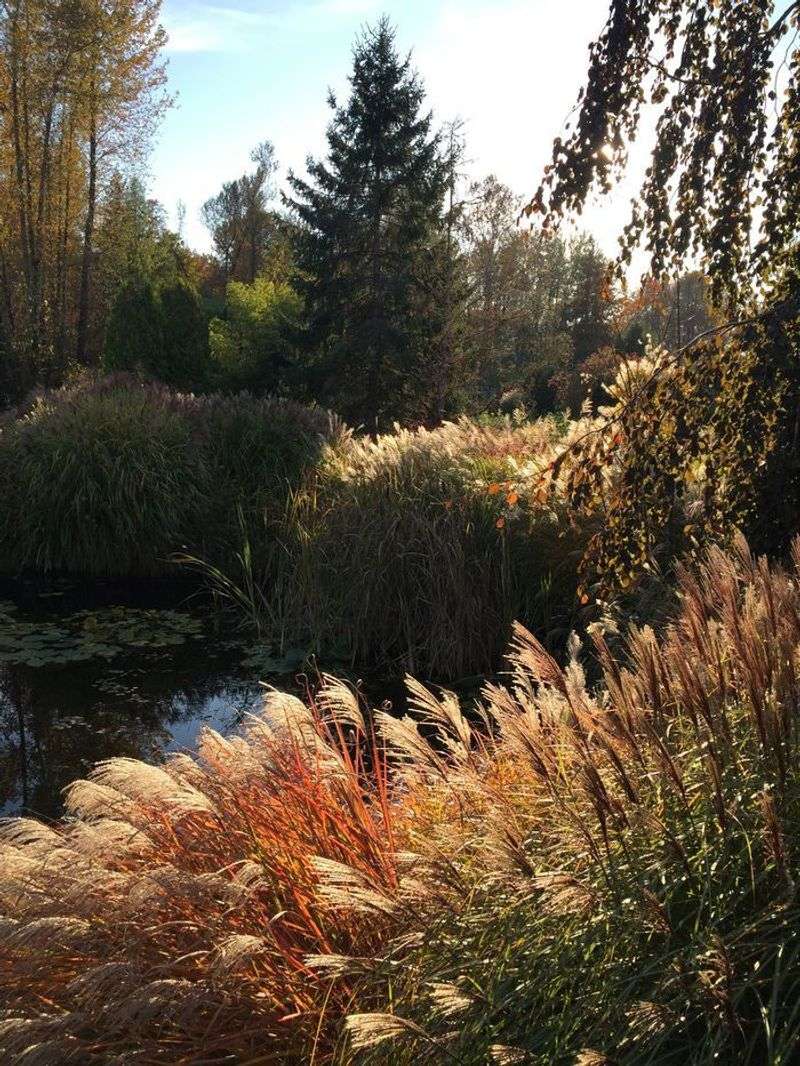
Overusing these grasses overshadows other plants and can create a monotonous look. Balancing ornamental grasses with a variety of plant types enhances texture and visual interest.
Mixing grasses with flowering plants or shrubs introduces color and depth. This approach ensures a dynamic and engaging garden, where each element complements the others.
Embracing variety brings life to the landscape.
23. Disconnected garden zones
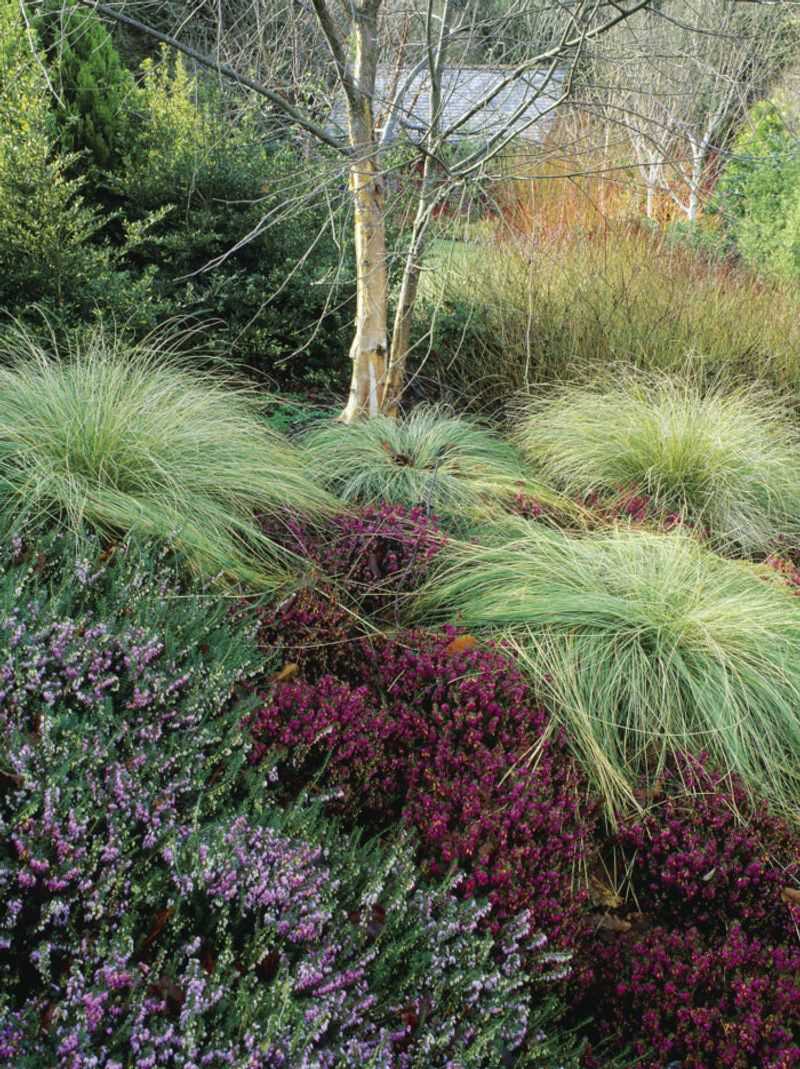
Having separate zones is fine, but when they don’t connect, the garden feels disjointed. Disconnected garden zones can disrupt the flow and harmony of the space.
Linking elements through plantings, pathways, or design themes can unify the garden. Creating visual connections between zones enhances the overall experience.
This approach transforms a fragmented garden into a cohesive and inviting landscape, where different areas complement one another and contribute to the garden’s charm.
24. Overly symmetrical plantings
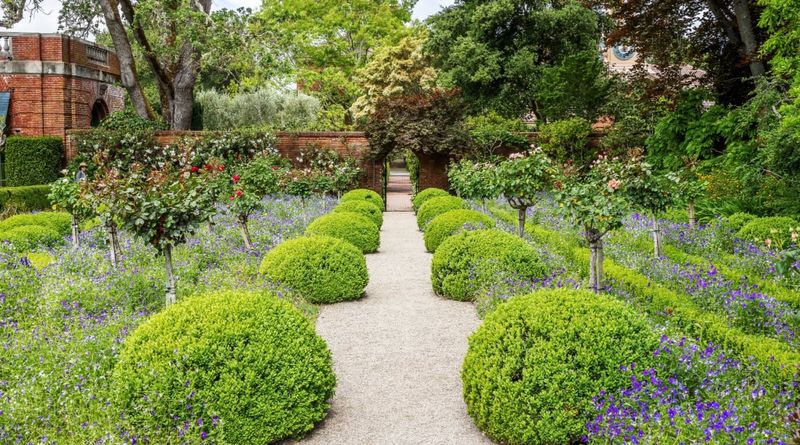
Symmetry has its place, but too much can feel static. Overly symmetrical plantings lack the spontaneity and variety that make gardens exciting.
Introducing asymmetrical designs and varied plantings creates movement and interest. This approach encourages exploration and discovery, offering surprises at every turn.
A more natural layout allows the garden to evolve with the seasons, ensuring a dynamic and engaging space that captivates and delights.
25. Non-functional outdoor spaces

Designing spaces with usability in mind ensures they serve a purpose. Incorporating seating, dining, or play areas enhances the garden’s functionality.
This approach invites frequent use and enjoyment, transforming the garden into a versatile extension of the home.
Balancing aesthetics with practicality creates a space that meets needs while maintaining visual appeal. The result is an inviting outdoor area that supports activities and relaxation.
26. Water-hungry plants in dry areas
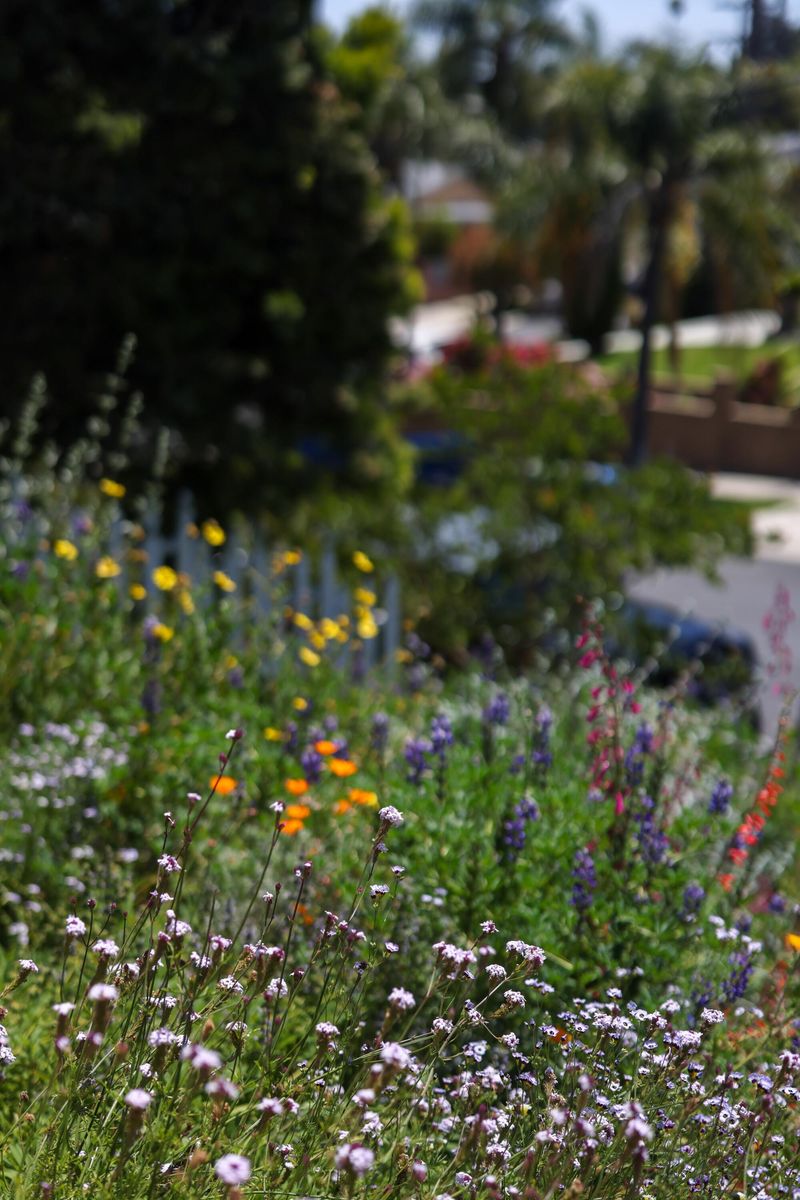
In dry zones, water is precious, and plants that guzzle it might struggle. Choosing drought-tolerant species ensures the garden thrives without excessive watering.
These plants are adapted to dry conditions and require less maintenance. Incorporating mulching and efficient irrigation practices conserves water.
By aligning plant choices with the local climate, you create a sustainable and flourishing garden. This approach supports environmental preservation and enhances the garden’s resilience.
27. Heavy use of concrete
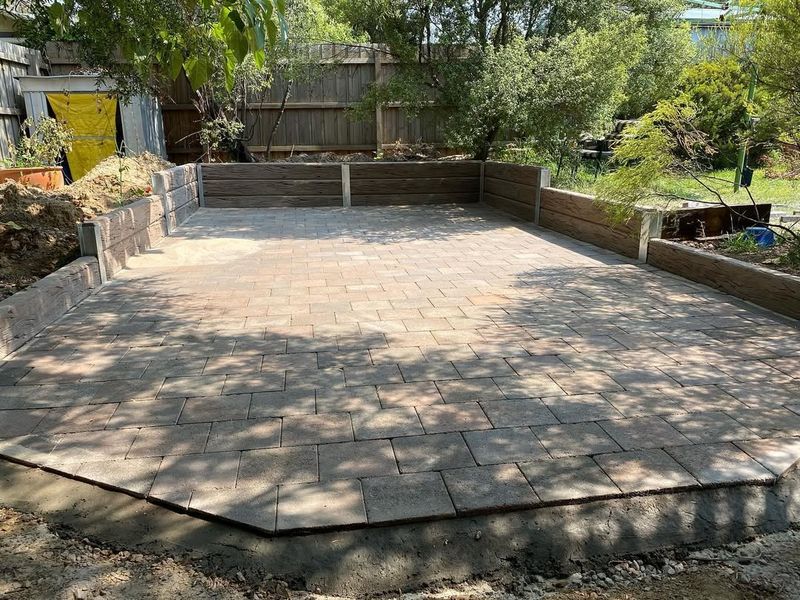
Large concrete surfaces reduce planting areas and can make the space feel industrial. Balancing hardscape with green elements softens the look and adds warmth.
Using alternative materials like permeable pavers or natural stones enhances the garden’s connection with nature.
This approach maintains structure while allowing for a welcoming environment that feels alive and breathing.
28. Overly ornate garden furniture

Intricate designs can be captivating, but too much detail can distract. Overly ornate garden furniture can overshadow the natural beauty of the landscape.
Opting for simple, elegant pieces enhances and complements the surroundings. Minimalistic furniture designs blend seamlessly with the garden, allowing the plants to shine.
This approach creates a harmonious and balanced environment where the focus remains on the beauty of nature, making the outdoor area inviting.
29. Over-hedged paths
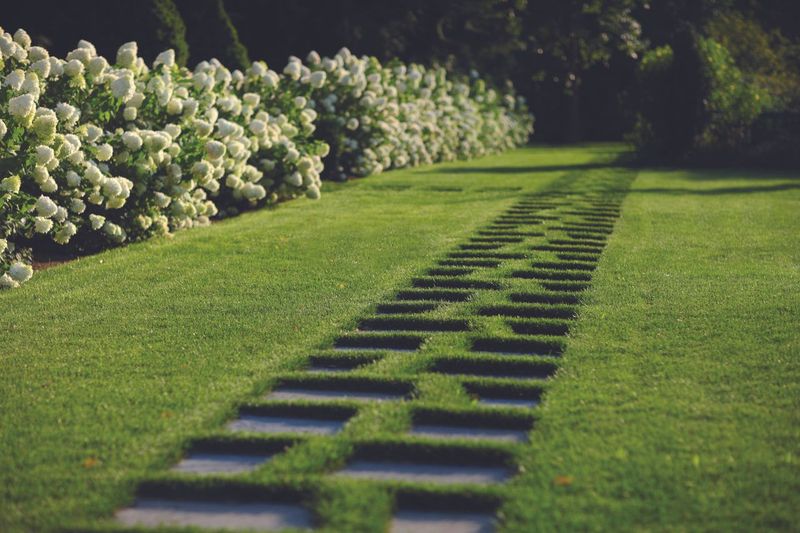
Hedges can guide and frame paths, yet when they’re too high, they can feel constricting. Over-hedged paths create a tunnel effect that limits views and open space.
Lowering hedge height or incorporating breaks with flowers or shrubs can open up the space. This approach enhances sightlines and invites exploration.
By balancing enclosure with openness, you create a welcoming path that integrates seamlessly with the surrounding garden, offering a sense of discovery and freedom.
30. Uniform, perfect lawns

Embracing imperfections adds character and biodiversity. Allowing some diversity in grass types or integrating clover enhances resilience and visual interest.
This approach reduces chemical use and maintenance needs, which promotes a healthier ecosystem. By letting go of perfect standards, you create a lively lawn, where nature’s beauty can flourish.

